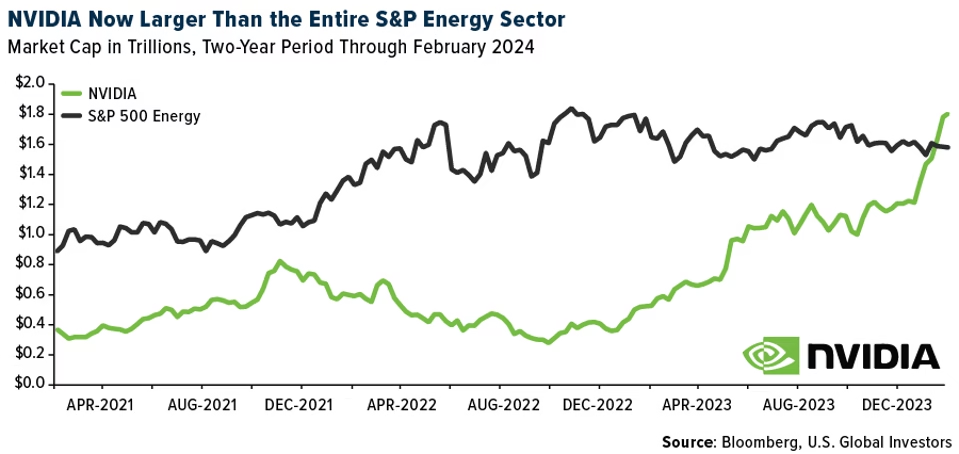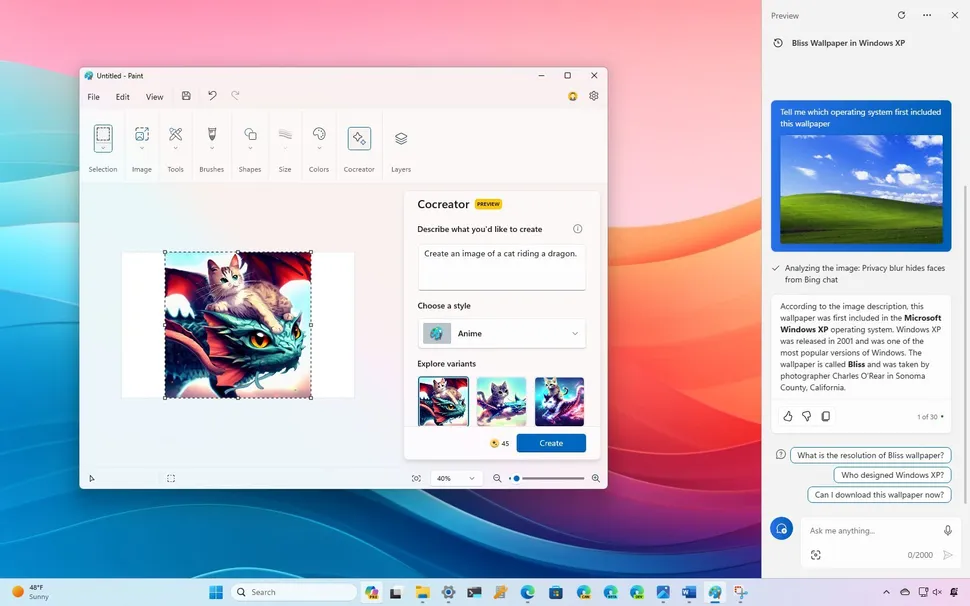Nvidia $4 Trillion Market Cap Achievement: Unpacking the $4 Trillion Market Cap Achievement and Its Impact
Estimated reading time: 8 minutes
Key Takeaways
- On July 9, 2025, Nvidia became the first publicly traded company to surpass a $4 trillion market capitalization, a monumental milestone that redefines market leadership.
- This valuation surge underscores Nvidia’s central position as the indispensable engine driving the artificial intelligence (AI) revolution.
- Nvidia’s dominance in the AI chips market, particularly with its GPUs, is fueled by insatiable demand for computing power for large-scale machine learning models.
- The CUDA software ecosystem provides a formidable competitive moat, integrating hardware and software to lock in developers and foster innovation.
- Nvidia’s influence on artificial intelligence extends to enabling breakthroughs in generative AI, autonomous vehicles, scientific research, and healthcare.
- The impact of Nvidia’s $4T milestone includes bolstering investor confidence in AI, intensifying competition from rivals, and shifting the locus of financial power towards AI infrastructure.
Table of contents
- Nvidia’s Influence on Artificial Intelligence: Unpacking the $4 Trillion Market Cap Achievement and Its Impact
- Key Takeaways
- Introduction: Nvidia’s Unprecedented Ascent and its Deep Influence on Artificial Intelligence
- The Monumental Milestone: Nvidia’s $4 Trillion Market Cap Achievement
- Understanding Nvidia’s Valuation Surge: The Engine Room of AI
- Beyond Silicon: Nvidia’s Profound Influence on Artificial Intelligence
- The Ripple Effect: Impact of Nvidia’s $4T Milestone
- Conclusion: A Glimpse into the AI-Powered Future, Shaped by Nvidia
- Frequently Asked Questions
Introduction: Nvidia’s Unprecedented Ascent and its Deep Influence on Artificial Intelligence
On July 9, 2025, Nvidia made history by becoming the first publicly traded company to surpass a $4 trillion market capitalization. This isn’t just a financial milestone for Nvidia; it’s a seismic event that reverberates across the entire technology industry, signaling a profound shift in economic power and technological direction. The news, reported widely by sources like Fortune, PC Gamer, and Business Insider, highlights the unparalleled pace of innovation and market adoption in the artificial intelligence sector.
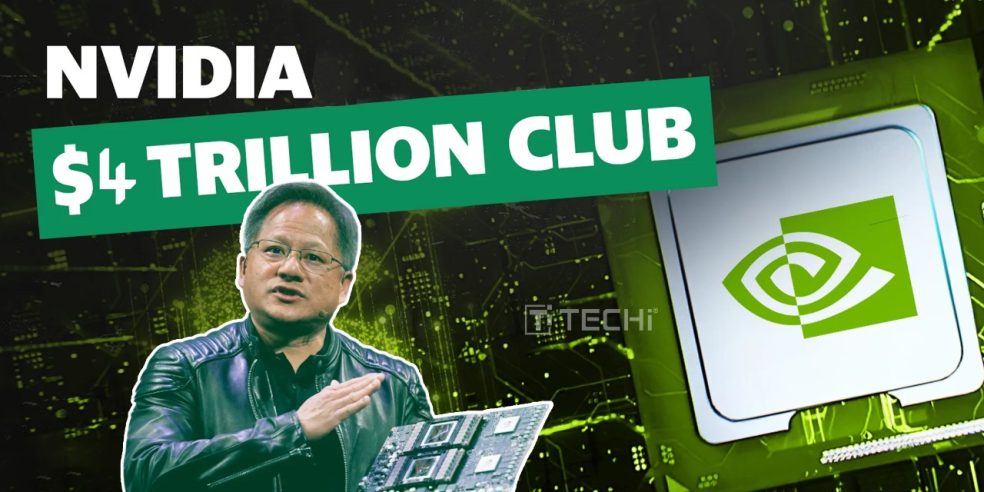
This extraordinary Nvidia $4 trillion market cap achievement immediately connects to the company’s foundational role and profound influence on artificial intelligence. For years, Nvidia has been quietly, then overtly, building the computational backbone for the AI revolution. This staggering valuation isn’t merely a reflection of investor speculation; it fundamentally underscores Nvidia’s central position as the *engine* driving AI forward, providing the indispensable hardware and software infrastructure that powers today’s most advanced AI models and applications.
In the following sections, we will delve into the specifics of this unprecedented valuation, providing a comprehensive understanding of Nvidia’s valuation surge. We’ll explore the core reasons behind Nvidia’s meteoric rise, particularly focusing on its unwavering AI chips market dominance. Furthermore, we will analyze the broader impact of Nvidia’s $4T milestone on the wider tech landscape and the global economy, highlighting the pervasive and ever-growing Nvidia’s influence on artificial intelligence. Prepare to explore how one company has become synonymous with the future of AI.
The Monumental Milestone: Nvidia’s $4 Trillion Market Cap Achievement
The day was July 9, 2025, and the financial world watched in awe as Nvidia’s share price surged to $164.42 during intraday trading. This seemingly precise figure pushed its market value beyond an astounding $4 trillion. This wasn’t just a number; it was a powerful statement. For the first time, a company focused primarily on the foundational technology for artificial intelligence stood ahead of former market leaders like Apple and Microsoft, symbolizing a profound and undeniable shift in global economic and technological leadership. This Nvidia $4 trillion market cap achievement is a testament to its pivotal role.
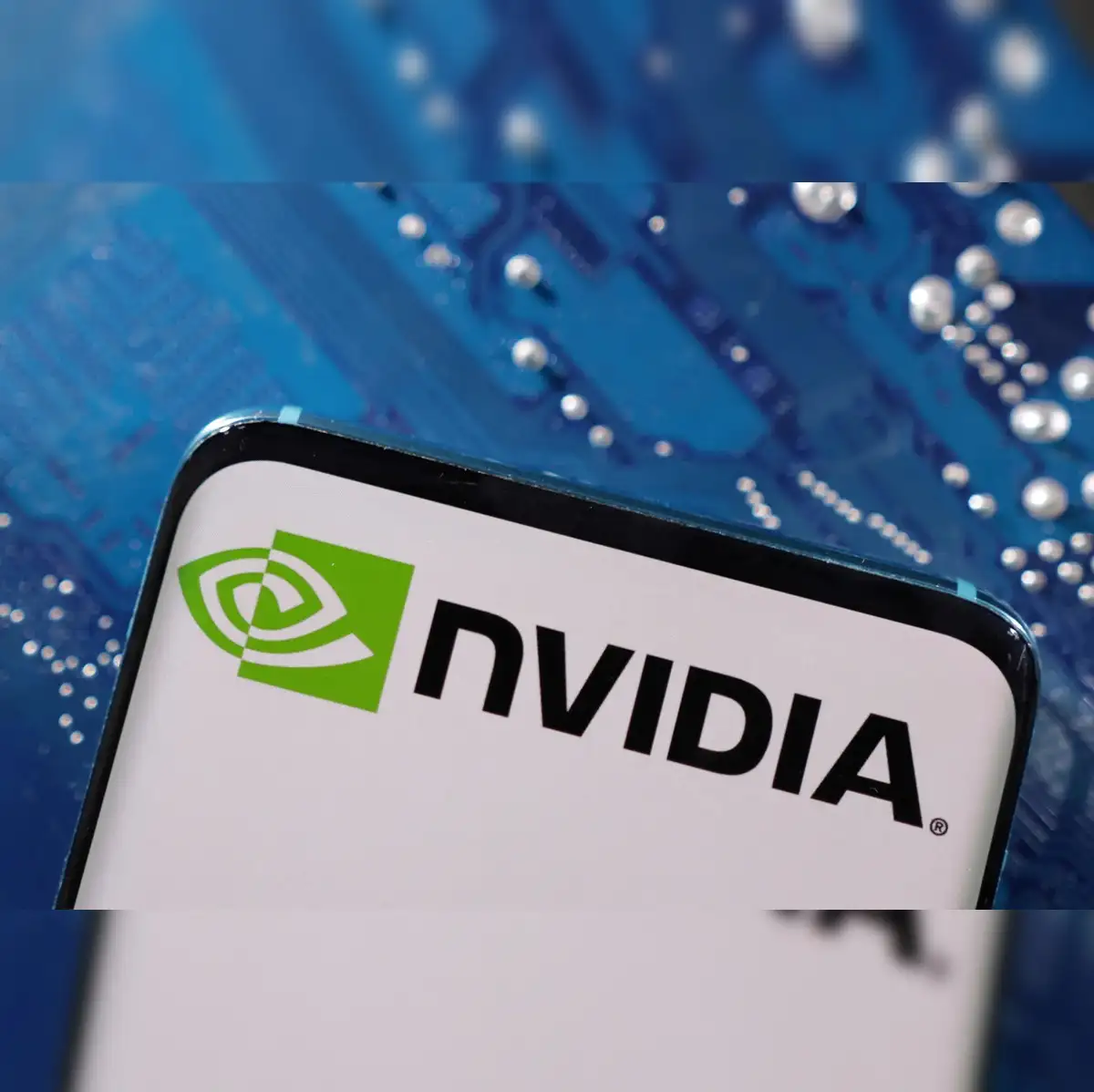
To truly grasp the magnitude of this understanding Nvidia’s valuation surge, one must consider the sheer velocity and scale of its growth. For context, Nvidia had only just reached a $2 trillion valuation in February 2024. Remarkably, it soared past $3 trillion in June of the same year, and then, with breathtaking speed, outstripped all rivals to hit $4 trillion. This acceleration wasn’t merely fast; it represented a period of market exuberance and concentrated growth that exceeded even the speculative frenzy seen during the dot-com era, according to analyses from PC Gamer and Business Insider. It’s a rapid ascent that has left many market analysts scrambling to keep up.

This extraordinary valuation is underpinned by astounding investor confidence. Nvidia’s stock has surged approximately 1,460% over the past five years, and even more impressively, it has risen over 900% since the groundbreaking release of ChatGPT in late 2022. This trajectory is far more than just a successful company performing well; it demonstrates a profound, almost unwavering, investor conviction in Nvidia’s AI-driven future and its unique ability to capitalize on the explosive generative AI boom. As noted by Penebrief, this performance reflects a belief that Nvidia is not just a participant but *the* indispensable enabler of the next technological age.
Understanding Nvidia’s Valuation Surge: The Engine Room of AI
At the heart of Nvidia’s dramatic valuation surge lies its almost unassailable dominance in the AI chips market. While their graphics processing units (GPUs) were once primarily associated with high-end gaming, their architecture proved uniquely suited for the parallel processing demands of machine learning. Today, Nvidia’s GPUs have become utterly indispensable for training and deploying the colossal, sophisticated large-scale machine learning models that underpin modern artificial intelligence. Virtually all major technology companies, including industry titans like Microsoft, Amazon, Meta, and Alphabet, critically rely on Nvidia’s GPUs to power their AI endeavors, as confirmed by various industry analyses.
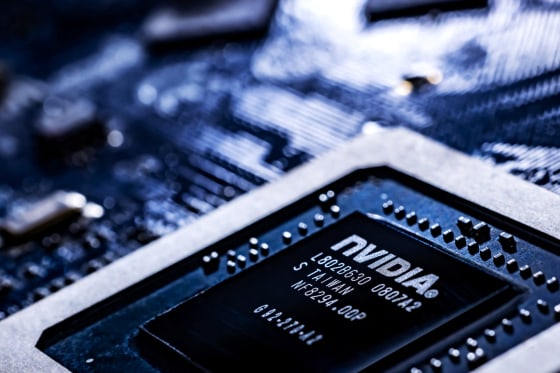
The reason for this indispensable status is clear: the insatiable demand for AI computing power. The ongoing generative AI boom, exemplified by the rise of models like ChatGPT, has not only fueled this demand but exponentially accelerated it. These AI models, capable of generating human-like text, images, and even code, require immense computational resources during their training phases—often involving petabytes of data and weeks or months of continuous processing. This has fundamentally transformed Nvidia’s GPUs from specialized components into the essential backbone of modern data centers and the underlying infrastructure for virtually all significant AI developments. They are, quite literally, the engines powering the AI revolution, making them crucial for anyone looking to build or deploy advanced AI systems.

Nvidia further solidifies its strategic advantage beyond mere hardware through its robust CUDA software ecosystem. CUDA, which stands for Compute Unified Device Architecture, is a parallel computing platform and programming model developed by Nvidia. It enables developers to use Nvidia GPUs for general-purpose computing, dramatically simplifying the process of programming these complex chips for AI tasks. This extensive and mature software foundation, coupled with enterprise platforms tailored for AI deployment, effectively ‘locks in’ developers and organizations. Once invested in the CUDA ecosystem, with its vast libraries, tools, and developer support, it becomes incredibly difficult and costly for competitors to displace Nvidia’s entrenched position. This seamless integration of cutting-edge hardware and a robust, developer-friendly software environment creates a formidable “competitive moat,” fostering continued innovation exclusively within Nvidia’s powerful ecosystem. This combined approach is a major factor in Nvidia’s sustained influence on artificial intelligence.
Beyond Silicon: Nvidia’s Profound Influence on Artificial Intelligence
The true measure of Nvidia’s influence on artificial intelligence stretches far beyond the mere sale of chips. Its technology acts as a fundamental enabler, actively driving and accelerating groundbreaking advancements across a diverse array of AI domains, fundamentally reshaping industries and daily life. As Penebrief notes, AI is changing the world, and Nvidia is at its core. Consider these pivotal areas:
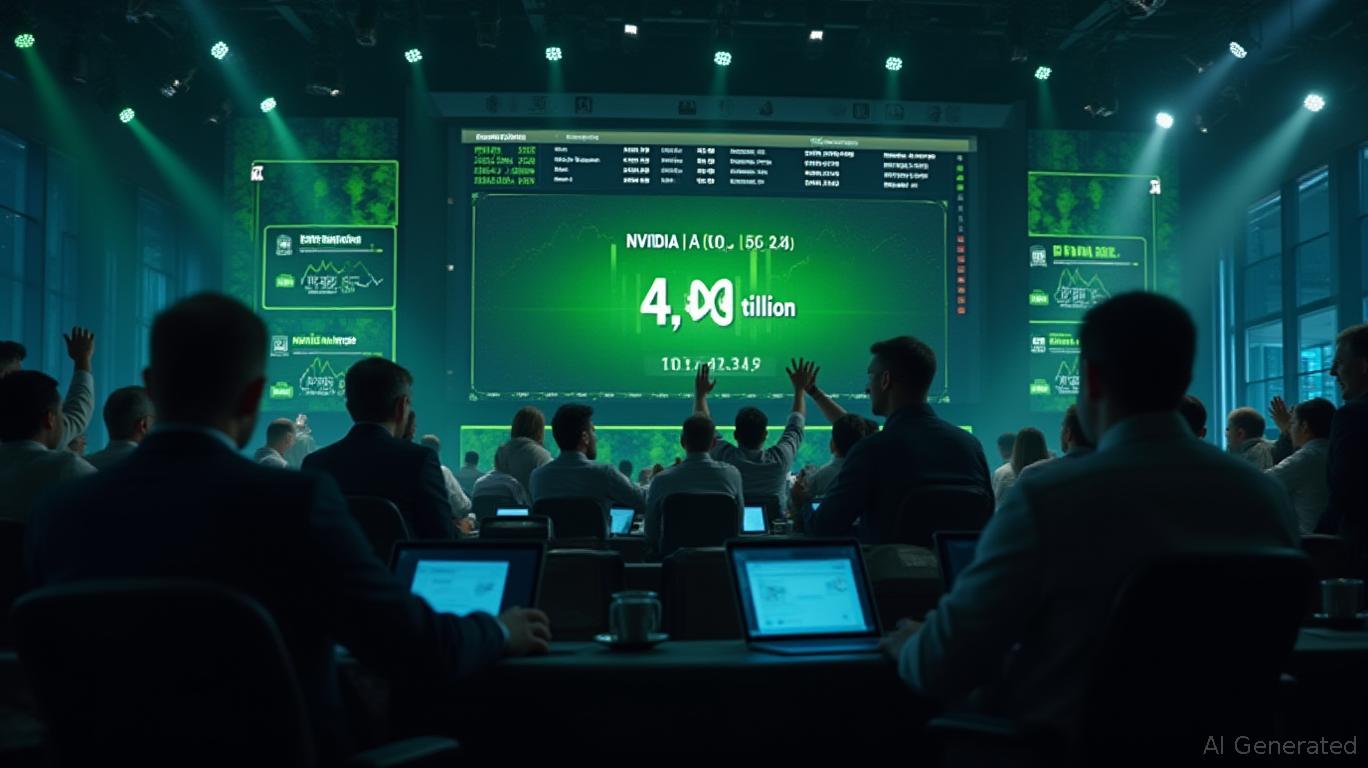
-
-
Generative AI: Nvidia GPUs are the bedrock for the development and deployment of colossal large language models (LLMs) that power applications like ChatGPT. These models, which can understand, generate, and process human language with astonishing fluency, rely on the sheer parallel processing power that only Nvidia’s architecture can reliably provide. This also extends to generative art and design tools, where complex algorithms transform simple prompts into breathtaking visuals. The unstoppable AI-generated content revolution is directly powered by Nvidia.
-
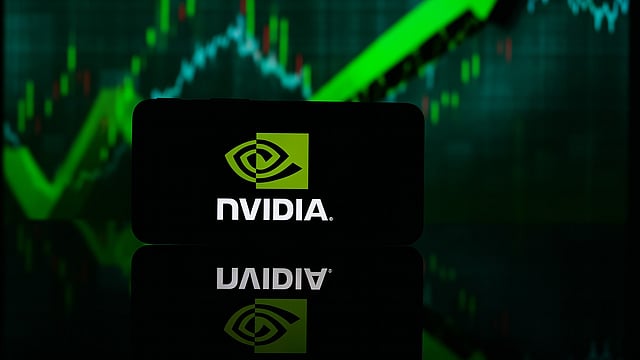
-
Autonomous Vehicles: Self-driving cars require instantaneous decision-making based on vast, real-time sensor data—from cameras, LiDAR, and radar. Nvidia’s Drive platform provides the computational backbone for these vehicles, enabling them to perceive their surroundings, predict actions, and navigate complex environments safely and efficiently. This level of processing is critical for the unbeatable AI-powered transportation of 2025 and beyond.
-
Scientific Research: In cutting-edge scientific fields, Nvidia GPUs accelerate complex simulations and computations that were once impossible or prohibitively time-consuming. This includes everything from discovering new drugs through molecular dynamics simulations to understanding climate change through intricate atmospheric models, and even delving into the mysteries of the universe with astrophysical computations. Initiatives like the UK government’s supercomputer funding often leverage Nvidia’s capabilities.
-
Healthcare Applications: Nvidia’s technology is also driving transformative advancements in healthcare. From enhancing medical imaging with AI-driven analysis for more accurate diagnostics to powering personalized medicine through genomic sequencing and drug discovery pipelines, Nvidia GPUs are facilitating a new era of AI-driven healthcare solutions, enabling faster and more precise medical breakthroughs.
By delivering the foundational computation necessary for both AI training (teaching the models) and inference (using the trained models), Nvidia serves as a critical enabler for the entire AI industry. Its continuous innovations directly shape the pace and even the fundamental direction of AI’s advancement, allowing both established tech giants and nimble, innovative startups alike to rapidly develop and deploy transformative AI products and services. Without Nvidia’s underlying infrastructure, many of today’s most exciting AI breakthroughs would simply not be possible.
The Ripple Effect: Impact of Nvidia’s $4T Milestone
The impact of Nvidia’s $4T milestone reverberates far beyond its own balance sheet, sending powerful signals throughout the global technology and financial markets. It has demonstrably bolstered investor confidence in the broader AI sector, signaling that artificial intelligence is not merely a fleeting trend but the definitive next frontier for economic growth and technological innovation. This surge in confidence is translating directly into significant capital inflows, driving further technology investments, and rapidly accelerating innovation across the entire AI ecosystem—from chip design to software development and AI application deployment.
Nvidia’s commanding dominance is, paradoxically, also fueling intense competition. Rivals such as AMD and Intel, long-standing players in the chip industry, are now racing to develop their own powerful alternative hardware and software solutions specifically optimized for AI workloads, as highlighted by Penebrief’s analysis of the AI chip landscape in 2025. Moreover, major cloud providers like Google, with its Tensor Processing Units (TPUs), and Amazon, with its Trainium and Inferentia chips, are pouring vast resources into developing proprietary AI hardware. Their objective is clear: to reduce their dependence on Nvidia’s solutions and capture a larger share of the burgeoning AI market, creating a fiercely competitive landscape where innovation is forced to accelerate at an unprecedented pace.
Perhaps one of the most profound effects of Nvidia’s $4T milestone is the palpable shifting locus of financial power within the S&P 500 index. Nvidia’s commanding share now surpasses that of long-standing tech titans like Apple and Microsoft, which have dominated market capitalization rankings for years. This is not merely a change in ranking; it fundamentally highlights how the primary centers of financial and technological power in the tech industry have decisively shifted towards AI infrastructure and the companies that are building and enabling it. It signifies that the market now values the foundational components of the future more than the consumer-facing products or enterprise software of the past. This shift will continue to influence investment strategies and corporate priorities for years to come.
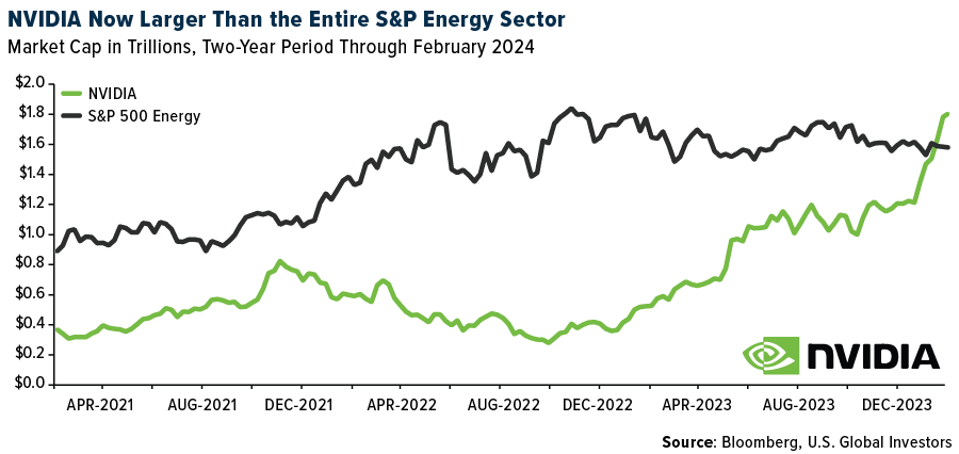
Looking ahead, the implications for the future of AI infrastructure are significant. This milestone suggests an increasing and irreversible reliance on specialized hardware for advanced AI capabilities. This trend will likely lead to even more vertical integration by major tech companies, who will seek to optimize their entire AI stacks—from chips to software to cloud services—to gain competitive advantage. The era of general-purpose computing is giving way to an era of highly specialized, AI-centric computational power, with Nvidia leading the charge.
Conclusion: A Glimpse into the AI-Powered Future, Shaped by Nvidia
Nvidia’s extraordinary $4 trillion market cap achievement is a resounding testament to its pivotal and irreplaceable role as the backbone of the artificial intelligence revolution. This remarkable valuation is not accidental; it’s the culmination of relentless innovation, a unique deep integration of hardware and software through its powerful CUDA ecosystem, and an unparalleled commanding dominance in the AI chips market. This strategic combination has positioned Nvidia squarely at the very heart of AI infrastructure, making it indispensable for anyone looking to build, train, or deploy advanced AI models.

Nvidia is not merely riding the AI wave; it is actively shaping its course. As artificial intelligence becomes increasingly integral to every facet of modern life and industry—from personal devices to enterprise solutions, from scientific discovery to healthcare—Nvidia’s trajectory suggests its influence on artificial intelligence will only deepen. It will continue to drive technological advancement and societal transformation on an unprecedented global scale, propelling us further into an AI-powered future.
Frequently Asked Questions
What does Nvidia’s $4 trillion market cap mean?
Nvidia achieving a $4 trillion market capitalization means its total outstanding shares, multiplied by its stock price, equate to $4 trillion. This makes it the first publicly traded company to reach this valuation, signifying immense investor confidence and its critical role in the global economy, particularly within the AI sector.
How did Nvidia achieve such rapid growth?
Nvidia’s rapid growth is primarily attributed to its dominance in the AI chips market, specifically its GPUs. The exponential demand for computing power to train and deploy large AI models, particularly with the generative AI boom, has driven unprecedented sales. Additionally, its robust CUDA software ecosystem creates a strong competitive moat.
What is Nvidia CUDA and why is it important?
CUDA (Compute Unified Device Architecture) is Nvidia’s parallel computing platform and programming model. It’s crucial because it simplifies the process for developers to utilize Nvidia GPUs for general-purpose computing, including AI tasks. This software ecosystem locks in developers and organizations, making it difficult for competitors to displace Nvidia’s entrenched position.
What is Nvidia’s influence on artificial intelligence?
Nvidia’s influence on AI is profound because its GPUs provide the essential computational backbone for training and deploying advanced AI models. This enables breakthroughs across various fields, including generative AI (LLMs, art), autonomous vehicles, scientific research (drug discovery, climate modeling), and healthcare (medical imaging, diagnostics).
What is the impact of Nvidia’s $4T milestone on the tech industry?
The milestone has several key impacts: it significantly bolsters investor confidence in the broader AI sector, drives heightened competition from rivals like AMD, Intel, and cloud providers developing their own AI chips, and marks a significant shift in the locus of financial power within the S&P 500 towards AI infrastructure companies.
Will Nvidia face more competition in the future?
Yes, Nvidia is expected to face increasing competition. Its commanding market position is prompting rivals and major tech companies to invest heavily in developing alternative hardware and software solutions to reduce dependence on Nvidia and capture a share of the rapidly growing AI market. This competition is likely to drive further innovation in the sector.


